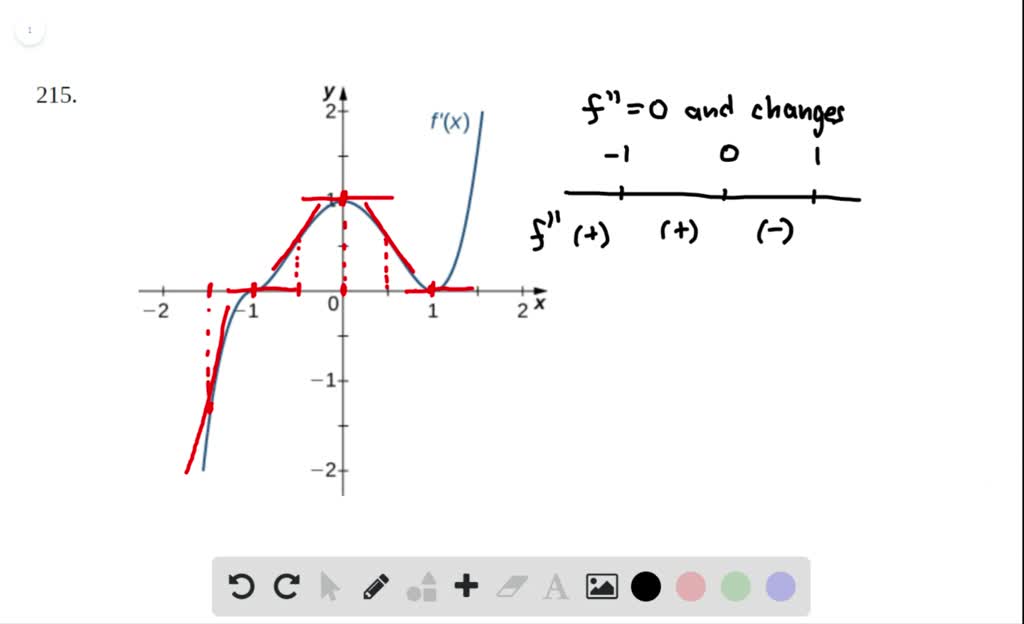

Also, we have tried to find factorial of negative and non-integer values. In our example, we have created a simple demonstration of python numpy () method wherein we have calculated factorial of number 6. ValueError: factorial() only accepts integral values Change it to positive integer to fix this error.
#GRAPHMATICA FACTORIAL INSTALL#
Below is the code to install scipy module.
#GRAPHMATICA FACTORIAL HOW TO#
In our other sections, we have shown how to calculate python numpy factorial. In this section, we will learn to use numpy factorial in python. Read Python NumPy Stack with Examples Using Numpy Factorial In this output, the first array is the array we passed to the program and in the next array, Python Numpy Factorial of Array is displayed. In this code, we have calculated and displayed the factorial of each number in the array using (). See our Using Numpy Factorial section to see the demnostration. The result is going to be verlibrary to perform factorial of an array. In our example, we have taken numbers ‘67895’.To perform it on multiple numbers we can pass the numbers through loop and keep on applying this function on each number.Using this method we can calcluate Numpy factorial in python.While working with multiple dimensional array we have to use python scikit-learn epts positive integer as an input.Using numpy we can calculate factorial of python list or one-dimensional array only.Numpy Factorial Function an array or python list with integer number and then calculate the factorial of each item in that array.So all the conditions seems to be in our favour.We can only pass positive integers in factorial() function and array can have same kind data type.

An array is the collection of homogenous data. In this section, we will learn how to calculate python numpy factorial of an array. Read Python NumPy Delete Python Numpy Factorial of Array In case you are performing it on any other code editor then use print() function to display the result. we have performed this on jupyter notebook. In this output, the factorial of 5 is calculated as 5x4x3x2x1= 120. In this code, we have import the python numpy module and then using () method we have calculated the factorial of number 5. Here number is the value whose factorial is to be calculated. Here is the syntax to calculate python numpy factorial.Factorial displays number of possiblities to perform a task or to choose an item from the collection.Example, factorial of 5 is 1x2x3x4x5 = 120. Factorial is the product of integer and all the integers below it.Here n is the number whose factorial is to be calculated. The formula for factorial is n! = n(n-1) (n-2) (n-3). In this section, we will learn how to find python numpy factorial. Numpy Factorial Example Python Numpy Factorial Wolfram Language & System Documentation Center.7. "Factorial2." Wolfram Language & System Documentation Center. Wolfram Research (1988), Factorial2, Wolfram Language function, (updated 13). Cite this as: Wolfram Research (1988), Factorial2, Wolfram Language function, (updated 13).


 0 kommentar(er)
0 kommentar(er)
